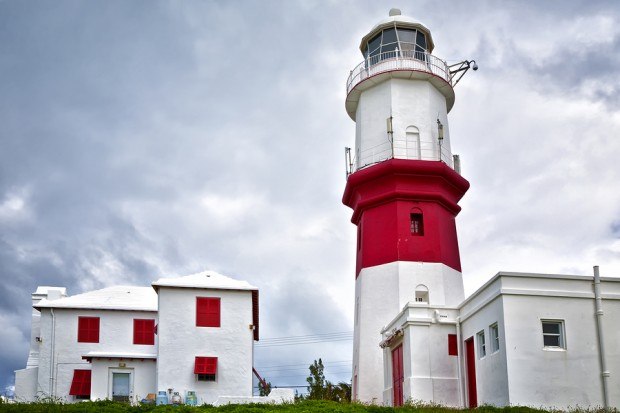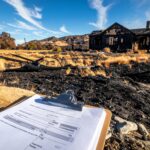According to catastrophe modeling firm AIR Worldwide, the seventh storm of the Atlantic hurricane season—Tropical Storm Gabrielle— is on a path that could threaten Bermuda on Wednesday, but strong building codes will be little structural damage at expected wind speeds.
Gabrielle, which weakened last week in the Caribbean, regenerated into a tropical storm overnight on Monday. On Tuesday, the storm was moving slowly across the Atlantic on a path toward Bermuda.
As of the National Hurricane Center’s (NHC) 11 AM AST advisory on Tuesday, Gabrielle was located about 120 miles south of Bermuda, moving west-northwest at 12 mph. The storm has maximum sustained winds of 40 mph, with higher gusts.
Tropical storm force winds extend outward some 70 miles from the center. A tropical storm warning is in effect for Bermuda.
“The most likely forecast track shows Gabrielle making its closest pass to Bermuda later tonight or early tomorrow,” said Scott Stransky, senior scientist at AIR Worldwide in a statement released Tuesday.
He said the storm was expected to strengthen to 50 mph over the subsequent 24 hours, and that Bermuda could receive total rainfall amounts of 2 to 4 inches—with isolated areas receiving 7 inches.
According to AIR, Bermuda’s building code is extremely strict; homes, which are typically built of limestone or concrete blocks, and commercial buildings, which are typically reinforced concrete, are required to be built to withstand sustained winds of 110 mph and gusts of up to 150 mph. Wood-frame structures, which are more vulnerable to wind damage, are uncommon on the island.
“The storm may produce dangerous swells and rip currents along the Bermuda coast,” Stransky said.
In advance of the storm, local Bermuda officials cancelled flights and ferry service, with Gabrielle expected to produce a storm surge of 2 to 3 feet above normal tide levels.
“By the end of the week, Gabrielle is forecast to curve to the north and transition from a tropical storm to an extratropical storm, possibly impacting the Nova Scotia and Newfoundland coasts,” Stransky said.
Source: AIR Worldwide





















 Truckers Who Fail English Tests Are Pulled Off Roads in Crackdown
Truckers Who Fail English Tests Are Pulled Off Roads in Crackdown  Unpacking a Consumer Intervenor’s Novel Idea
Unpacking a Consumer Intervenor’s Novel Idea  Viewpoint: Mapping Evolving Regulatory Terrain for MGAs, MGUs and Other DUAEs
Viewpoint: Mapping Evolving Regulatory Terrain for MGAs, MGUs and Other DUAEs  The Future of Knowledge in Insurance: From Training to AI-Powered Productivity
The Future of Knowledge in Insurance: From Training to AI-Powered Productivity 